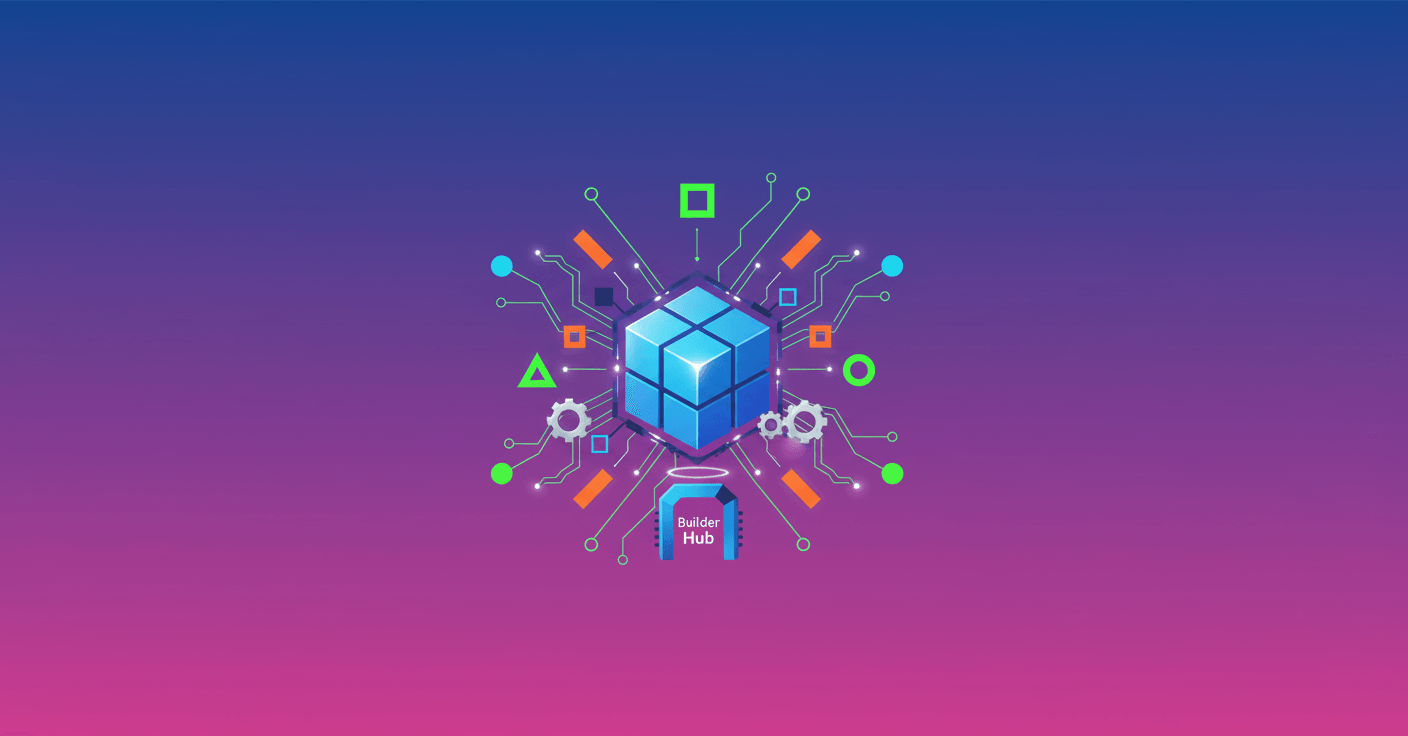Hugging Face published a practical guide that takes you "from zero to GPU" to create and scale production-ready CUDA kernels. Have you ever been stuck because builds take hours or dependencies don't match between machines? This guide and the kernel-builder library aim to solve exactly that and make it easier for you to share optimized kernels with the community. (huggingface.co)
What is Kernel Builder and why it matters
At its core, kernel-builder is a collection of tools and a workflow designed so you can develop a CUDA kernel locally, compile it for multiple architectures, and publish it on the Hugging Face Hub for others to download and use easily. This is not just a tutorial: it's a reproducible pipeline to take GPU code from your laptop to production. (huggingface.co)
Why should you care if you're not a GPU expert? Because many bottlenecks in vision, audio, and certain inference operators are solved with well-written native kernels. Need a function to be 5x or 10x faster? A dedicated kernel can be the difference between an app people use and one they ignore.
How it works, in practical terms
The guide breaks the process into clear, reproducible steps. Here are the key points you'll see in the tutorial:
- Project structure: files like
build.toml, CUDA code incsrc/, and the Python wrapper intorch-ext/. build.tomlmanifest: describes what to compile and how the pieces connect.- Reproducibility with
flake.nix: ensures anyone can rebuild your kernel with the same dependency versions. - Registering a native operator in PyTorch using
TORCH_LIBRARY_EXPANDso your kernel appears astorch.opsand works withtorch.compile. - Development flow with
nix developfor fast iteration and thennix buildto generate variants for different PyTorch and CUDA versions.
The guide also shows how to clean artifacts and upload results to the Hub, including good practices for handling binaries with Git LFS. (huggingface.co)
Concrete benefits for developers and products
- Compatibility with
torch.compile: registering the operator correctly lets PyTorch optimize and fuse operations, reducing overhead. - Multi-version builds: the system helps you create variants for different PyTorch and CUDA versions, increasing compatibility with real-world environments.
- Reproducibility: using
flake.nixand a clear manifest reduces the classic "works on my machine" problem. - Sharing on the Hub: other developers can consume your kernel directly from the platform, making collaboration and adoption easier. (huggingface.co)
Practical considerations and everyday examples
Is this for you? If your work touches any of these cases, the answer is probably yes:
- Real-time image processing, for example speeding up license-plate reading on security cameras for a small business in the city.
- Heavy audio or signal operators that aren't well covered by existing libraries.
- Critical inference paths in mobile or edge apps where every millisecond matters.
Quick tips:
- Expect long build times when compiling many variants; schedule nightly builds or use CI.
- If you don't know Nix, the learning curve pays off because it removes many environment differences.
- Test on real GPUs before publishing: emulators and CPUs can hide memory or synchronization bugs.
A Venezuelan-flavored example to ground this: imagine a startup that digitizes receipts and detects products with OCR. An optimized kernel for preprocessing images can cut the cost per invoice and improve user experience, especially when they must process large batches during peak hours.
One more step toward open collaboration in AI
This guide makes a more advanced part of the stack—writing and distributing efficient GPU code—more accessible. You don't need to be a guru to start, but it's wise to adopt good practices from the beginning: clear structure, reproducibility, and tests.
Curious to try it out? Start with a small example, follow the guide step by step, and you'll see how something that sounds complex becomes manageable. The full documentation and guide are available in Hugging Face's original post. (huggingface.co)
